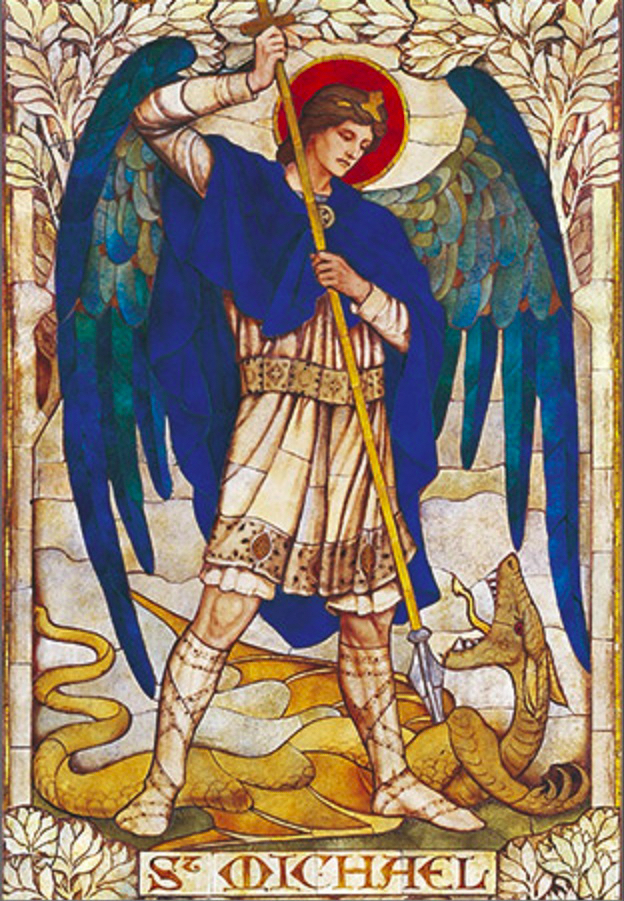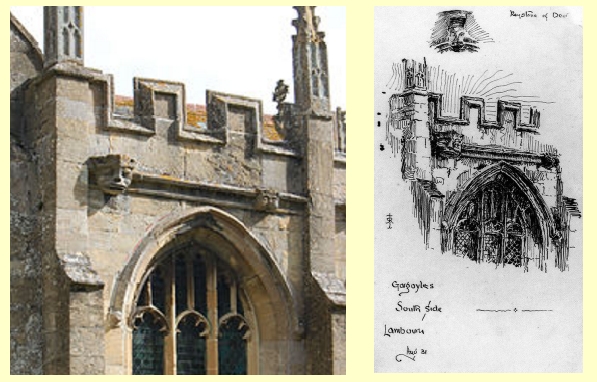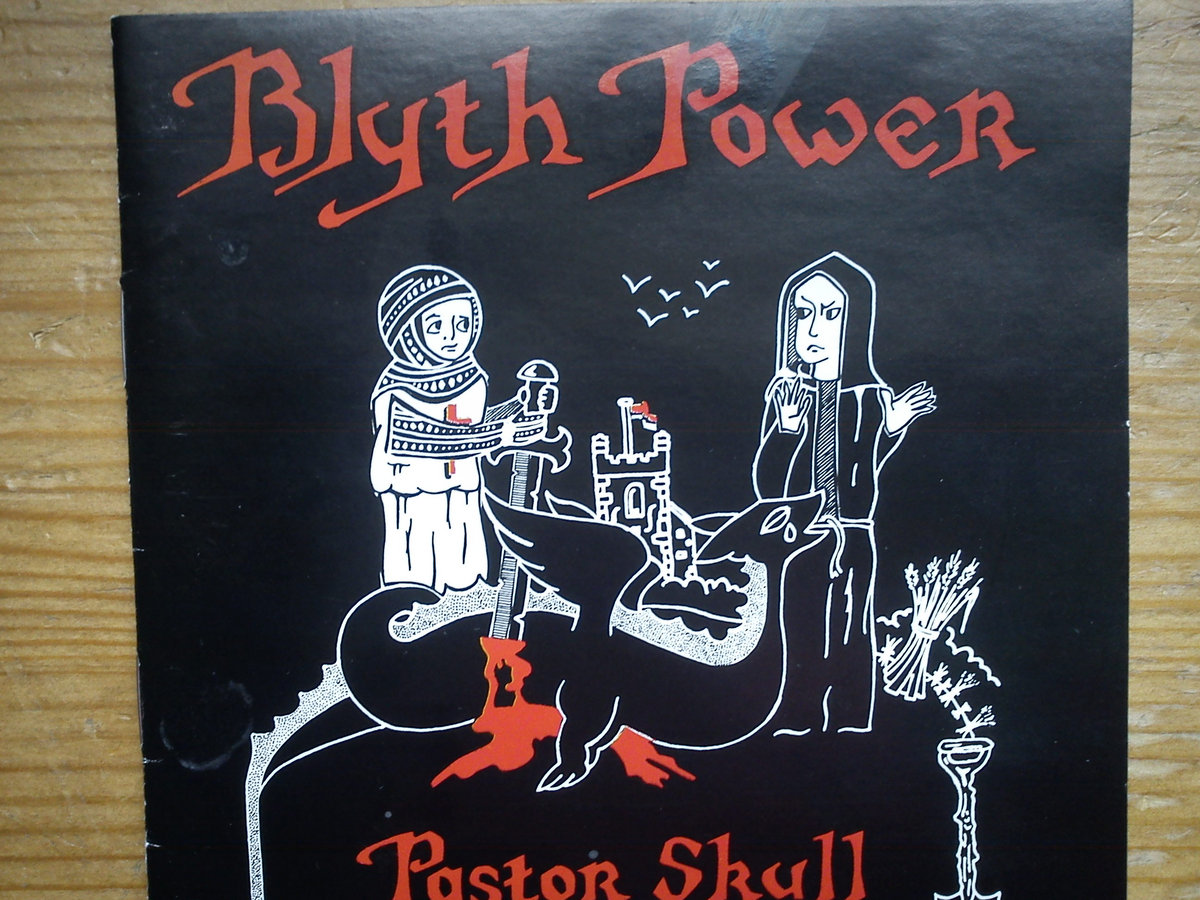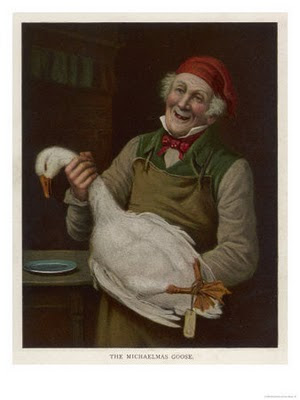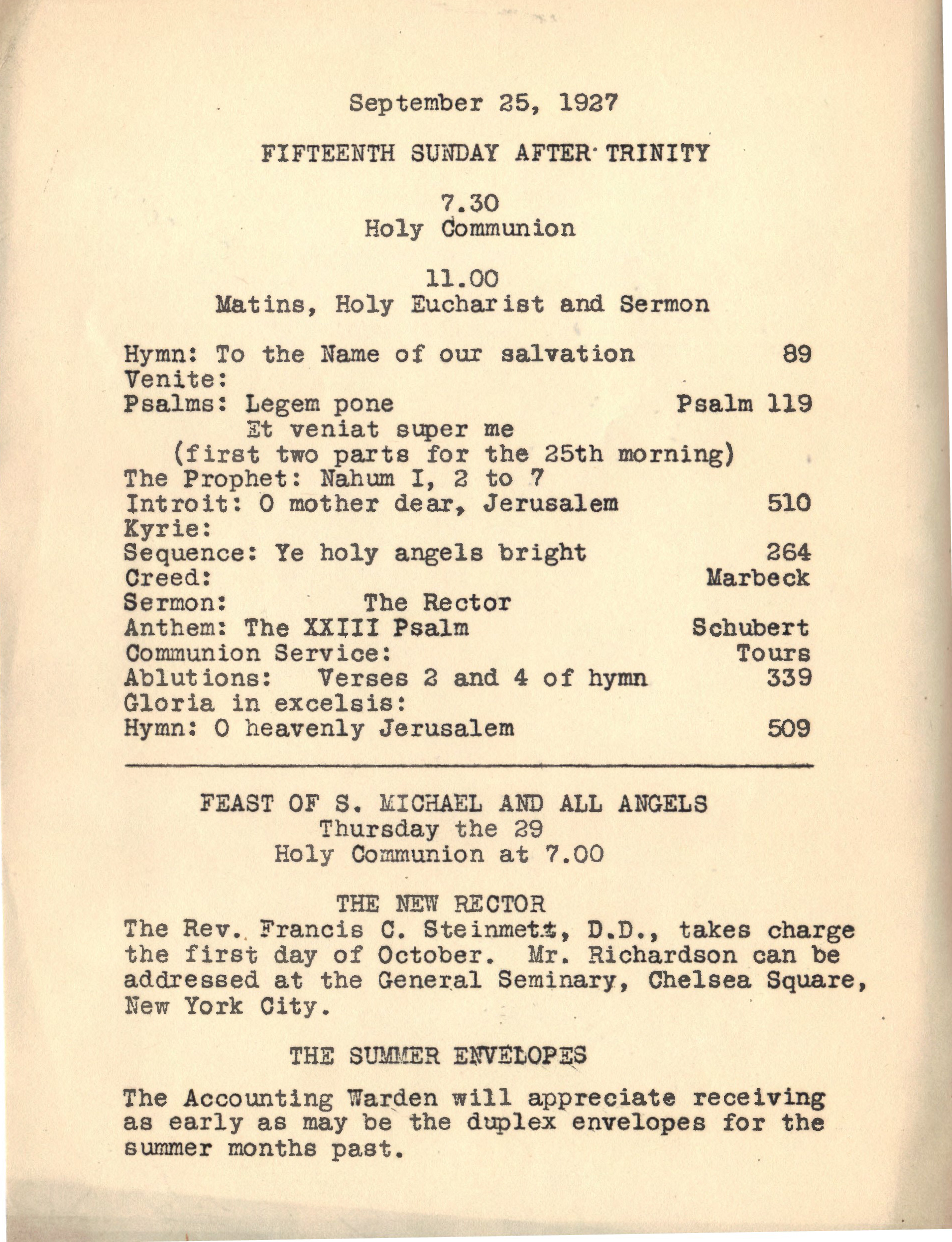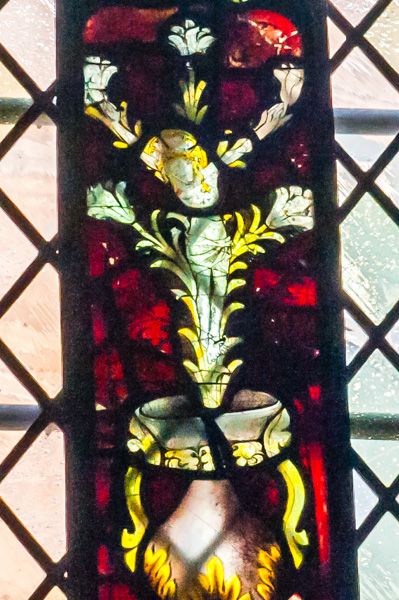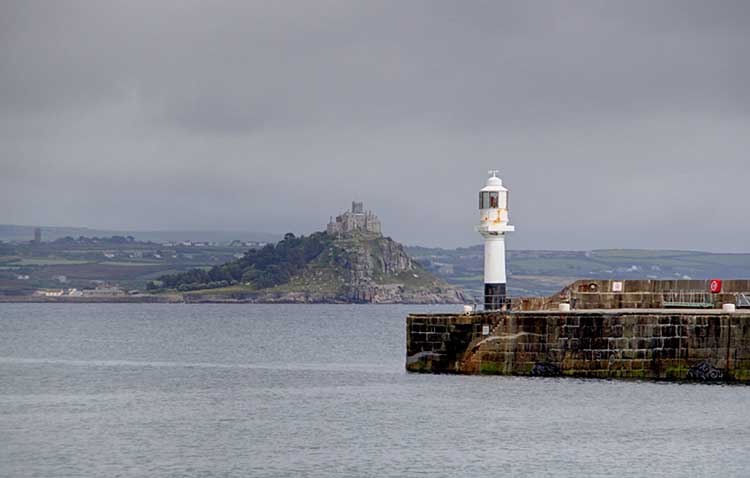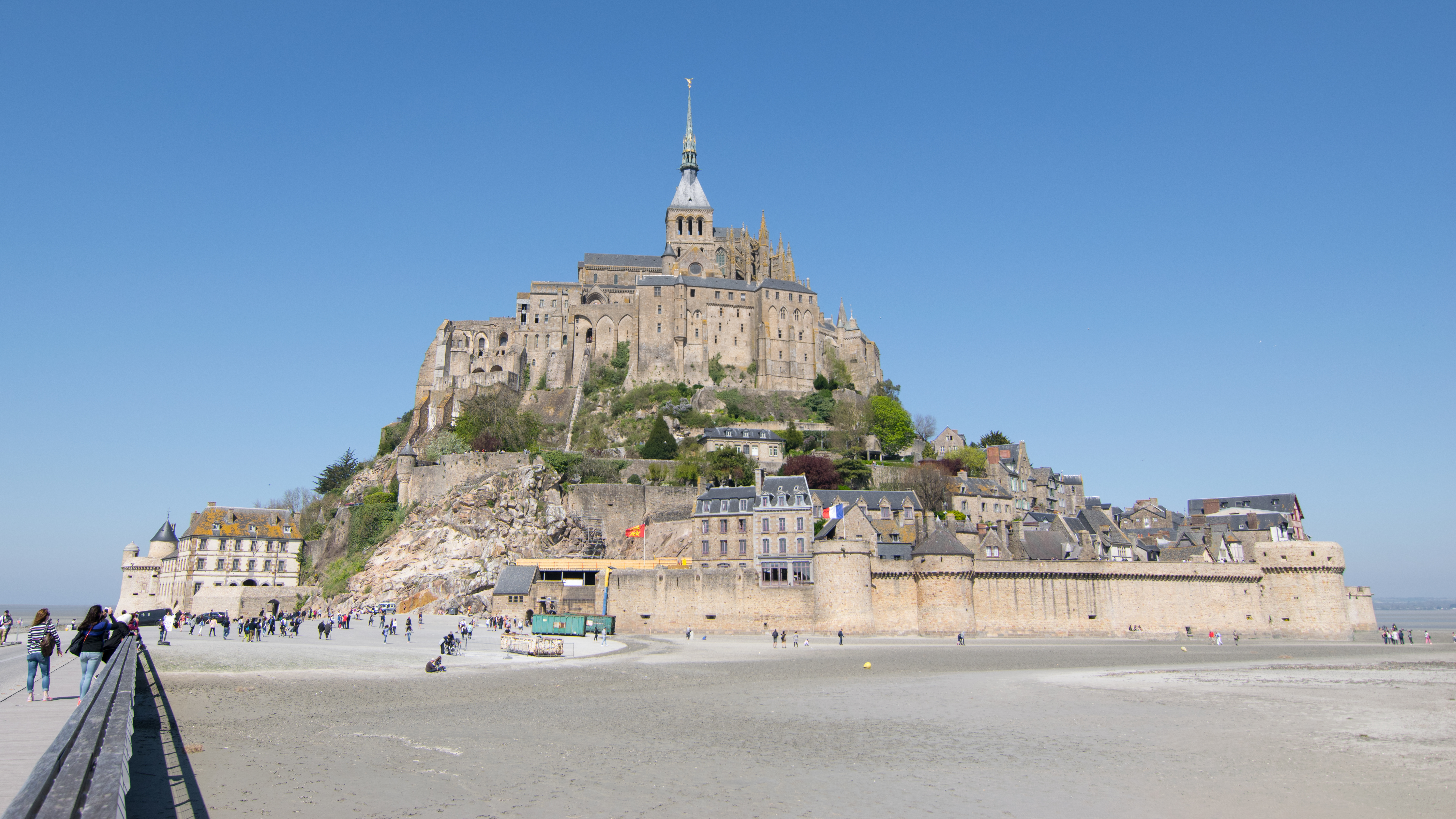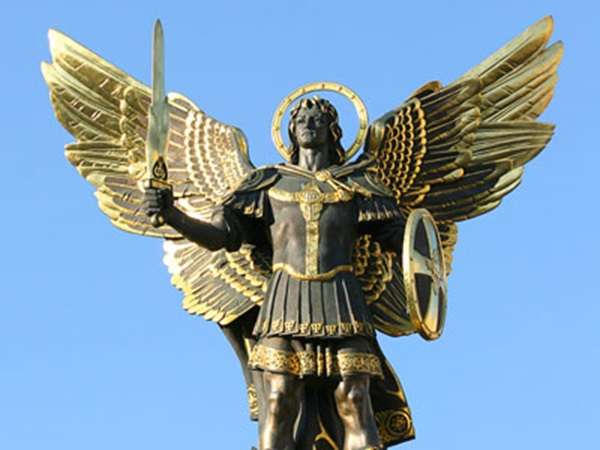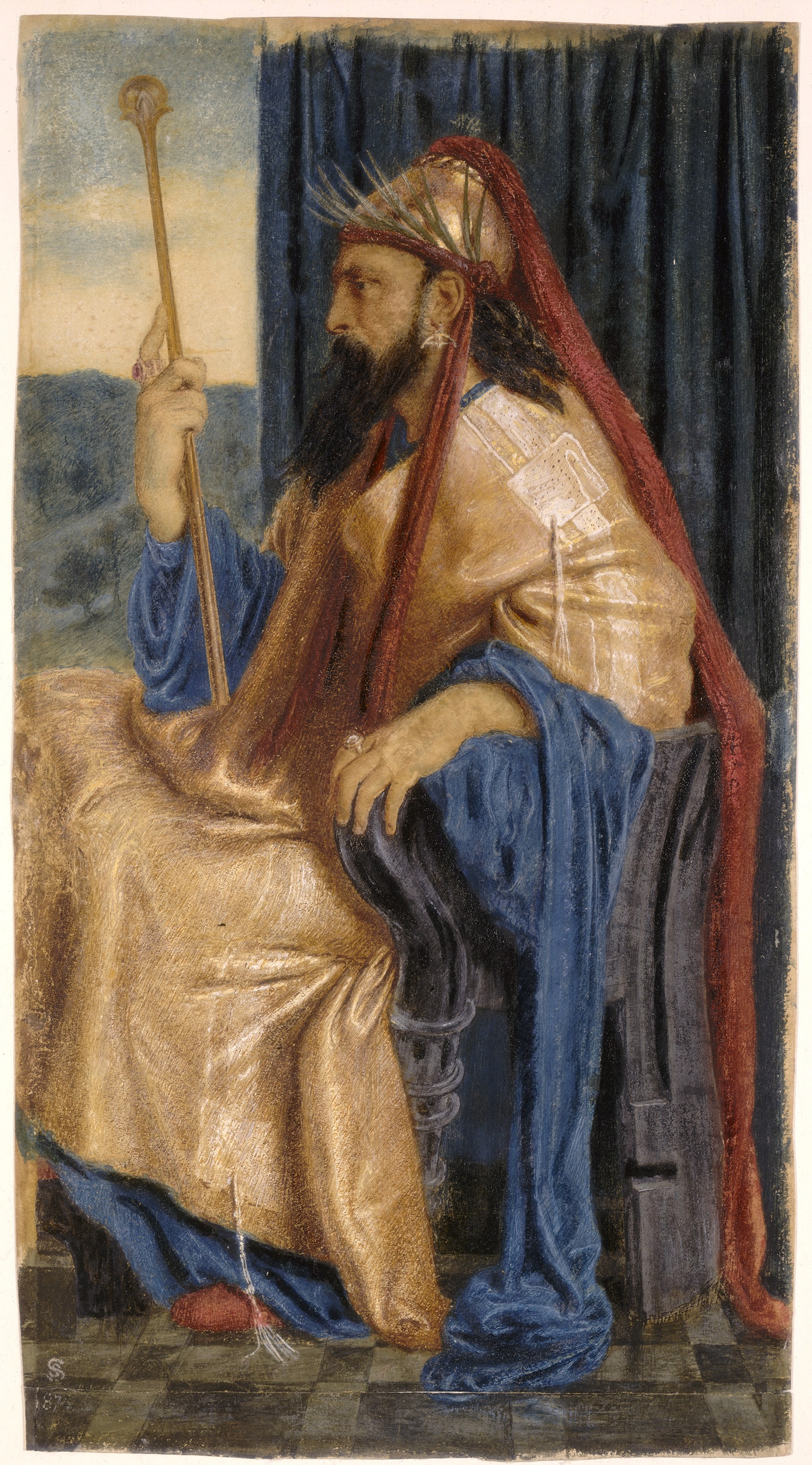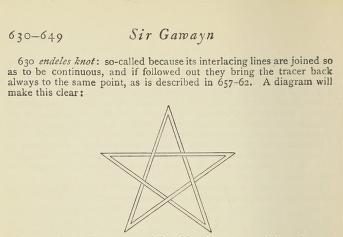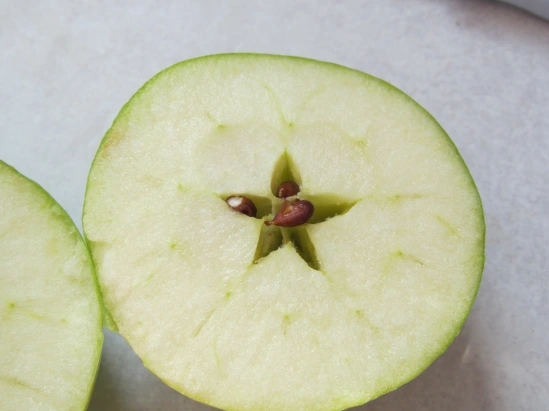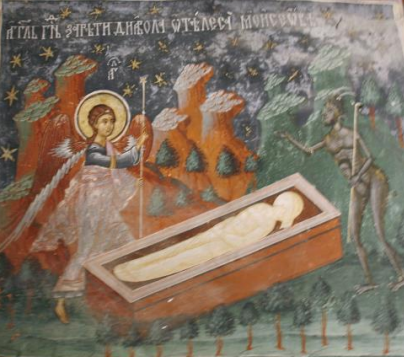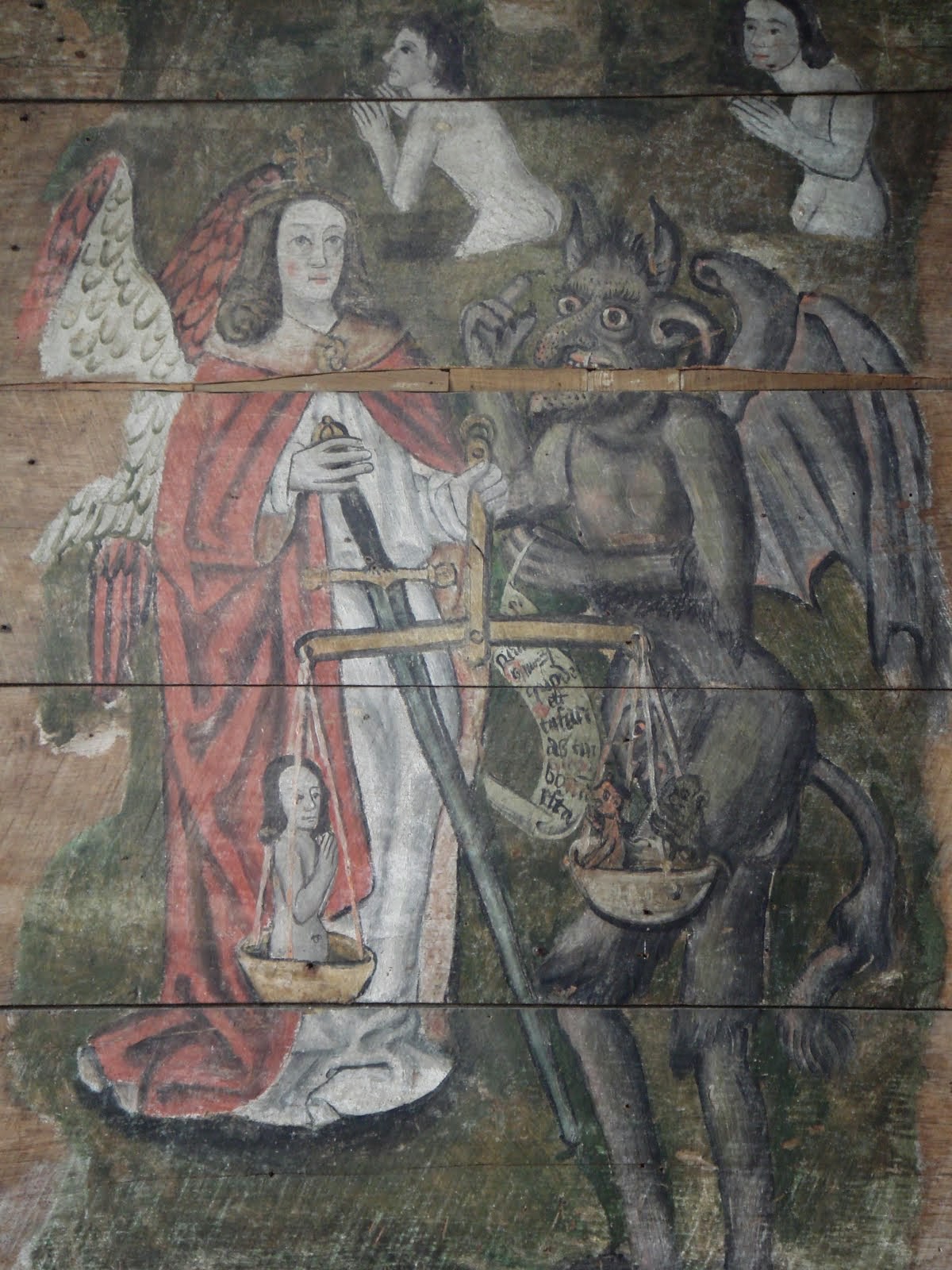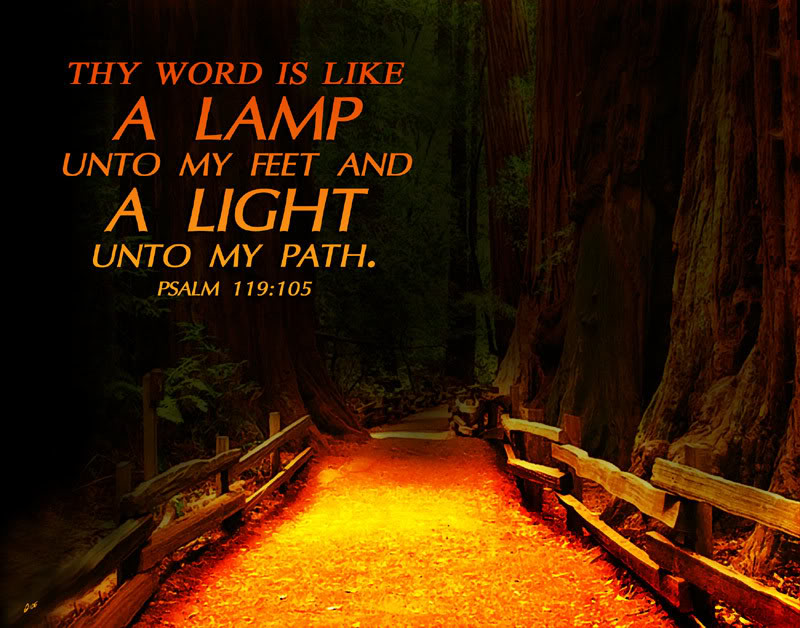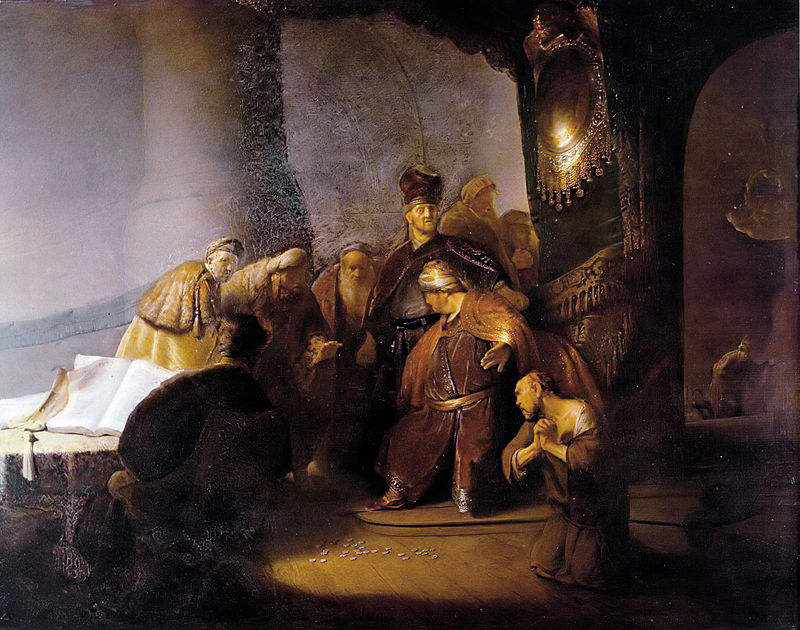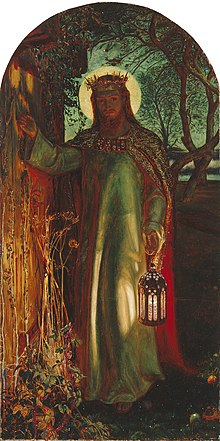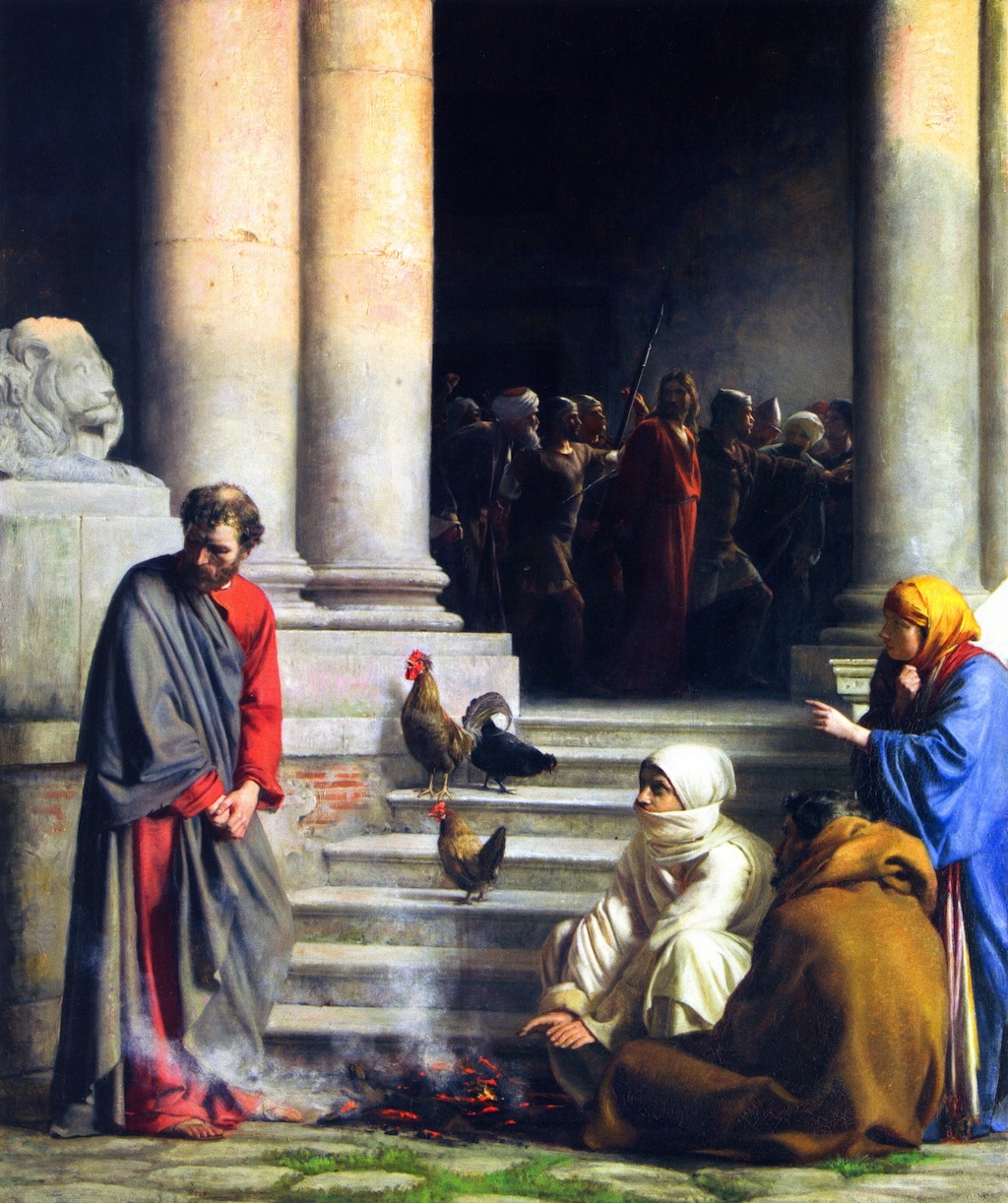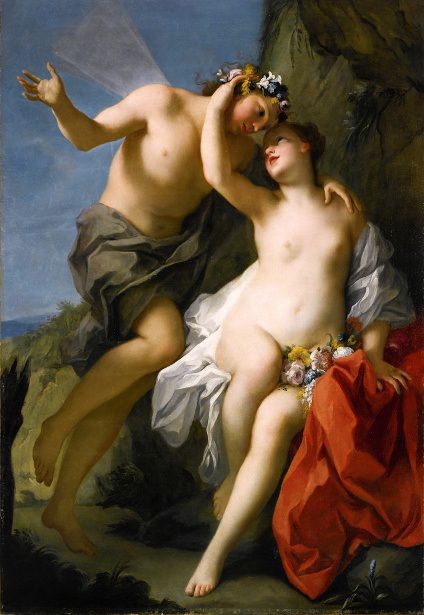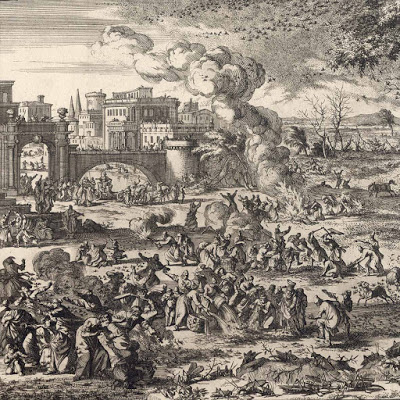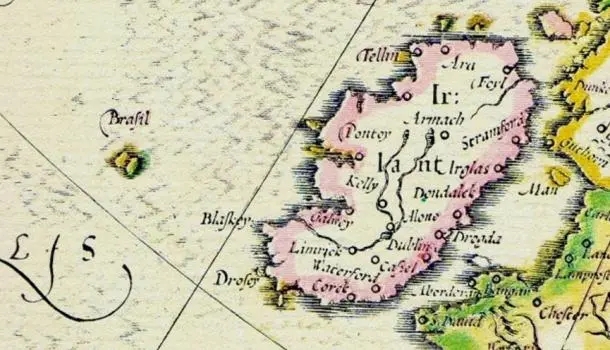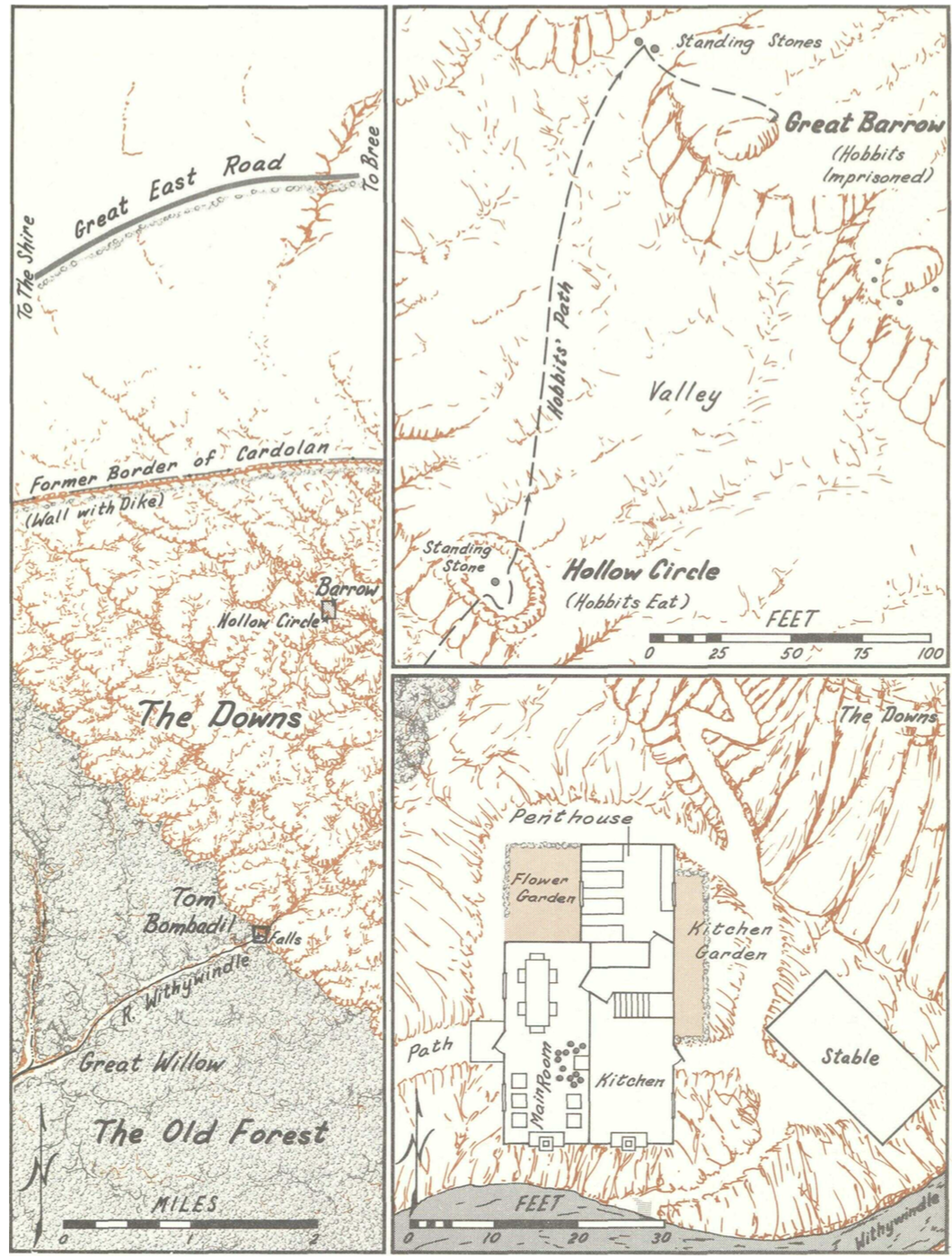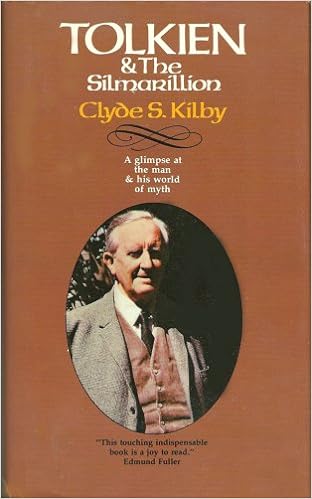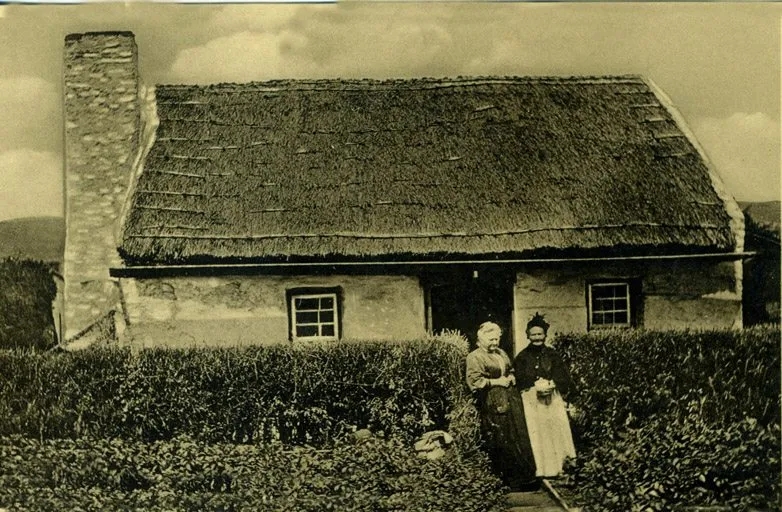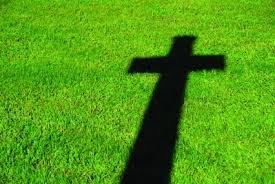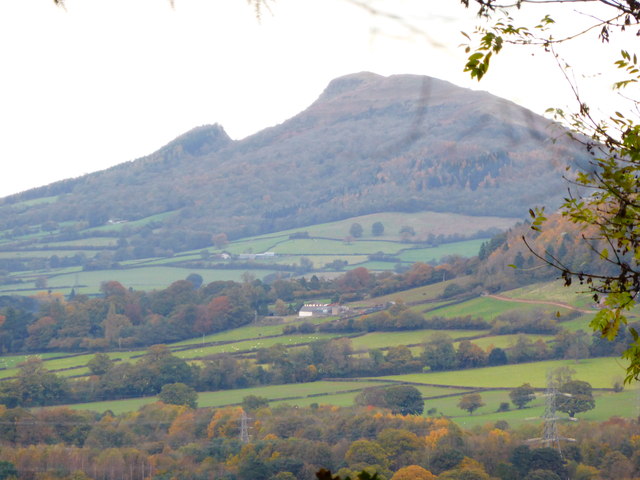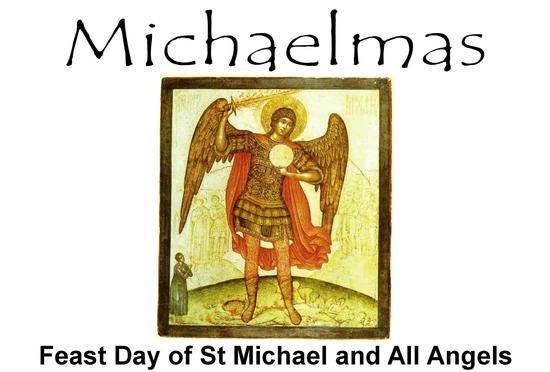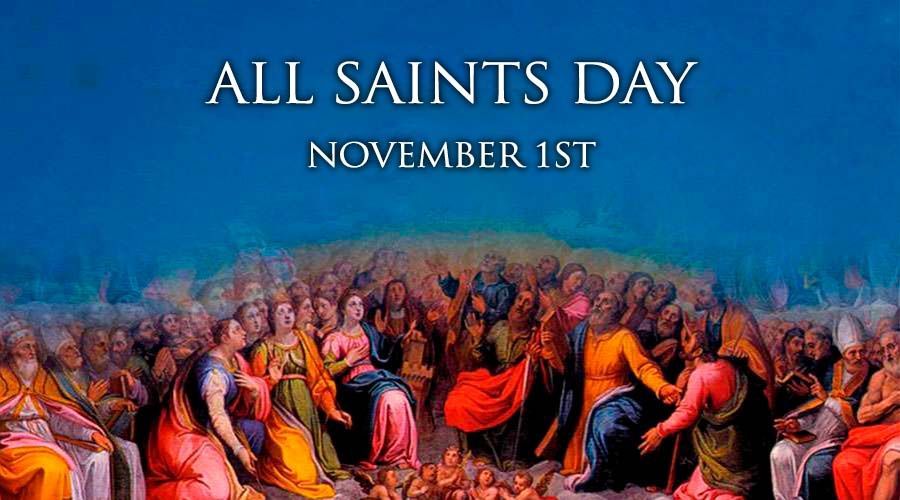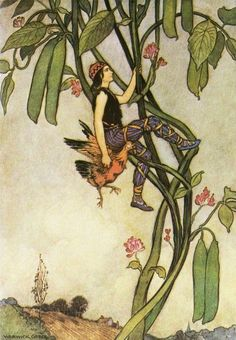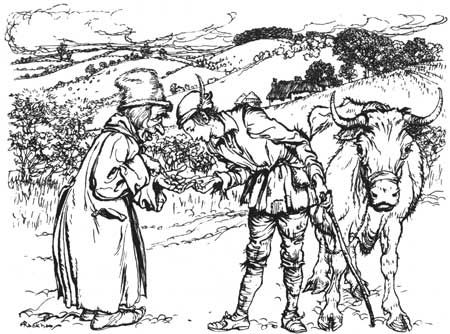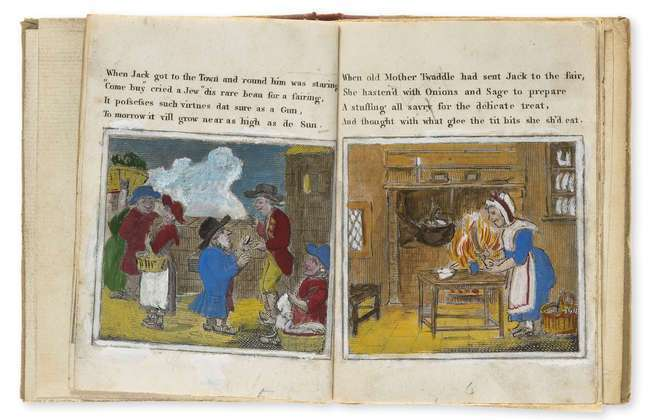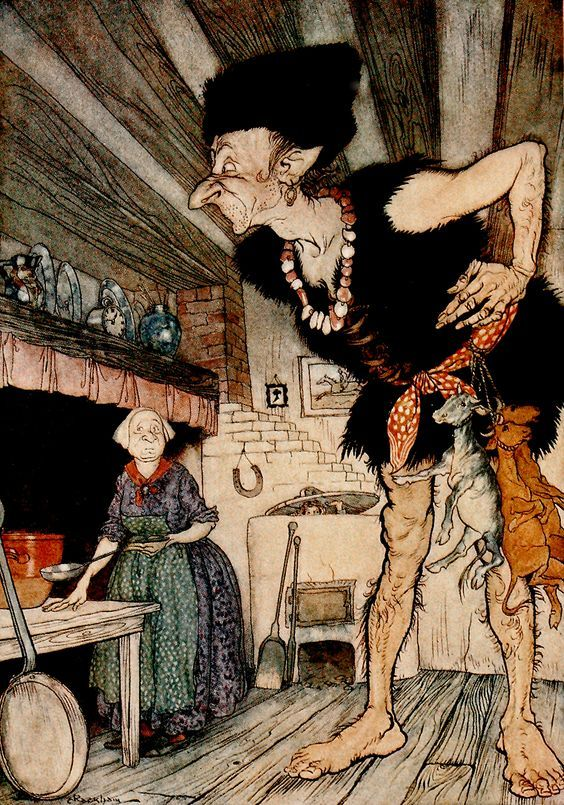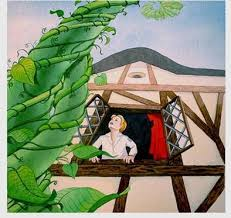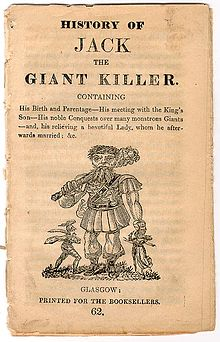Hello
Aiks
Yes, you are absolutely right - numerous Christian symbols do exist. I was too loose with my phrasing, and should have said “there aren’t that many
early visual Christian symbols”. Because, I feel Tolkien - who was always interested in somehow linking his feigned Third Age to our earliest history - would most likely have concentrated his effort so.
Thus, as Wikipedia in order lists, the most well-known earliest symbols are Nos. 1 & 2 the Cross/Crucifix and the Fish/Ichthys.
———-
Bombadil & That Beanstalk Fairy tale
Some of you might yet you be following the Plaza thread: ‘
Tom, Bill & Bert - Yeah Really!’ Right now I’m trying to expose the connection of Jack (of classic English fairy tale) to aspects of
The Hobbit. But it appears that ‘Jack’ was also cleverly embedded in
The Fellowship of the Ring!
Isn’t it curious that Tolkien decided to include beanstalks in his greater tale? From the penthouse east window, the:
“… view was screened by a tall line of beans on poles; …”.
-
The Fellowship of the Ring, In the House of Tom Bombadil
Why of all the possible vegetables found in an English vegetable garden did Tolkien include only one?
‘Jack and the Beanstalk’, Warwick Goble, c. 1890
To provide an overarching reason for seemingly the most innocuous of insertions again we must hark back to mythology, in particular ‘lower mythologies’ commonly termed märchen – namely: English fairy-stories. Though it might sound like I’m repeating myself ad nauseum, really the coupling of our myths, fairy tales and and folklore to his own story is a founding principle of Tolkien’s work.
Speechified as downright English – Tom, I deduce, was deliberately connected to that most English of fairy tales:
Jack and the Beanstalk*.
Who was that odd-looking old man whom Jack had traded with?
“He hadn’t gone far when he met a funny-looking old man, who said to him: ‘Good morning, Jack.’ ”
–
English Fairy Tales, Jack and the Beanstalk – pg. 60, J. Jacobs, 1890
Surely only a fairy being would have been in possession of magic beans?
The Queer Old Man, ‘Jack and the Beanstalk’, English Fairy Tales, F. Steel, 1890 (Illustration by Arthur Rackham)
One of the earliest printed illustrations of the famous tale records a bearded short man with a conspicuous hat and a blue jacket. Might he have been Tom?
Illustrations from ‘The History of Mother Twaddle and the Marvellous Achievements of Her Son Jack’, Benjamin Tabart, 1807
Then after the swap what happened to Jack’s cow: ‘Milky-White’?
Hmm … for our tale clearly Tom had access to a providing farm animal. After all, the extent of dairy produce on the dinner table was substantial:
“…
yellow cream and honeycomb, and white bread and butter; milk, cheese, …”.
–
The Fellowship of the Ring, In the House of Tom Bombadil (my underlined emphasis)
Given the length of the stay of four ravenous hobbits – not to mention the isolation of Tom from human or hobbit neighbors – one can readily deduce that there was plenty of fresh milk available on site. Obviously Tom must have had a large barn type structure to shelter the hobbits’ five ponies; it also served as winter housing for Fatty Lumpkin no doubt. Along with this building must have been stored a copious quantity of hay; because we know the beasts were not forgotten. Then it is surmised Tom must have had ample room as well as hoarded feed for a cow. And why a bovine and not a herd of goats? Well, that is because Tolkien explicitly amplified the cream was “yellow” by stating it twice. Goats produce ‘white’ cream, whereas cows produce (like butter) the yellow sort.
So we can see that there was no shortage of food during the hobbits’ respite. With much of it being milk based, we might ascertain Tom’s cow was a prodigious producer. Resonating with:
“… Milky-white, the best milker in the parish, …”.
–
English Fairy Tales, Jack and the Beanstalk – pg. 61, J. Jacobs, 1890
And one can readily imagine that legends of Milky-white and her ample output originated in hobbit folklore to be passed along through the ages to our own world’s myth through blended and corrupted tales of Tom’s residence being awash in ‘white milk’:
“Frodo … watched the white chalky path turn into a little
river of milk and go bubbling away down into the valley.”
–
The Fellowship of the Ring, In the House of Tom Bombadil (my underlined emphasis)
To search for further findings to bolster the
Jack and the Beanstalk link requires digging into adjacent material; for Tolkien, in Conan Doyle fashion, spread out the evidence.
To the hobbits – who exactly were these black men, so much larger than them (and thus in comparison – of ogreish size), who had invaded a thoroughly English Shire with such animosity for its inhabitants? Many of the rustic little people had never encountered the Big Folk; from their viewpoint they must have looked gigantic:
“Sam … was finding his first sight of Men … quite enough, …”.
–
The Fellowship of the Ring, At the Sign of the Prancing Pony
Apart from the ‘ogre’ fueled chase echoing Jack’s experience, what about that heightened sense of smell? What was all the sniffing about?
“… inside the hood came a noise as of someone sniffing …”.
–
The Fellowship of the Ring, Three is Company
The Ogre in Black, ‘Jack and the Beanstalk’, English Fairy Tales, F. Steel, 1890 (Illustration by Arthur Rackham)
Presumably it was connected to Aragorn’s revelation:
“… at all times they smell the blood of living things, desiring and hating it.”
–
The Fellowship of the Ring, A Knife in the Dark
Hmm … the smelling of blood combined with raw hatred! Now where have we seen that theme before? Yes, we must hark back once again to
Jack and the Beanstalk and that most famous of English rhymes:
“ ‘… Fee-fi-fo-fum,
I smell the blood of an Englishman,
Be he alive, or be he dead
I’ll have his bones to grind my bread.’ ”
-
English Fairy Tales, Jack and the Beanstalk – pg. 63, J. Jacobs, 1890
Aren’t the similarities becoming obvious now? Isn’t it obvious how
The Fellowship of the Ring mirrors
Jack and the Beanstalk in that both heroes look out from a window on to beanstalks first thing in the morning!
“Frodo ran to the eastern window, and found himself looking into … a tall line of beans on poles; …”,
–
The Fellowship of the Ring, In the House of Tom Bombadil
“So Jack jumped up and dressed himself and went to the window. And what do you think he saw? why, the beans … had sprung up into a big beanstalk …”.
-
English Fairy Tales, Jack and the Beanstalk, J. Jacobs, 1890
Jack looking out on to the Beanstalk – Artist unknown
Most cleverly, Tolkien had interwoven fragments of a well-known English fairy tale into his story with a combination of affinity and diffused variance. For to the Professor, to repeat what has already been emphasized:
“ ‘… there was always a kernel of fact behind a legend.’ ”
–
Lecture of 14 February 1938, Report in Amon Hen 28, August 1977
And in that process of oral hand-down some inevitable corruption had occurred. It turns out that it was the Horn of Buckland which mustered local hobbits against the ogre-like Black Riders. And the likely order for it to be blown came from the Master of Brandy Hall. Which is all too similar to Jack rallying his people by sounding a horn at the Ogre’s gate in Lang’s version of the tale:
“The men … pressed forward to say that they would serve Jack … to the castle, … they marched … and Jack blew the horn …”.
–
The Red Fairy Book, Jack and the Beanstalk – pg. 144, A. Lang, 1890
Even more remarkable – the hobbits of Buckland were supposedly the originators of the ‘Fee-fi-fo’ part of the rhyme:
“FEAR! FIRE! FOES!”
–
The Fellowship of the Ring, A Knife in the Dark
Just maybe in Tolkien’s mind the missing ‘fum’ was a distorted: “run”. Perhaps this had all got jumbled up in ‘The Cauldron of Story’, leaving a ‘run to safety’ as a little puzzle for the reader to sort out!
“Fatty Bolger … knew that he must run. … And run he did, …”.
–
The Fellowship of the Ring, A Knife in the Dark
Hmm … the aural resonances leave much to ponder! But objectively there are simply too many coincidences for the prognosis not to be true. Which means such integration must have been planned very early on. Reflected perhaps by Tolkien relating
The Scouring of the Shire was:
“ … an essential part of the plot, foreseen from the outset, …”.
–
Foreword to The Lord of the Rings
Leaving us to contemplate whether the ending of the Shire occupation, where ruffians (of giant-size in comparison to hobbits) were buried in the battle-pit, was deliberately formulated. Yes, to resonate with the tale of
Jack the Giant-Killer**. Therein the slaying and burial of the giant Cormoran was orchestrated through digging a pit. Jack:
“… dug a pit twenty-two feet deep, and nearly as broad, … the giant … tumbled into the pit, … Then … he gave him a most weighty knock … and killed him … Jack then filled up the pit with earth, …”.
–
English Fairy Tales, Jack the Giant-Killer – pgs. 100-101, J. Jacobs, 1890
Early Chapbook, ‘History of Jack the Giant Killer’ (Courtesy of Wikipedia)
Hmm … when viewed in totality, the evidence is incriminating. Especially as left was much more than ‘a kernel’. Fairy tales, after all, were part and parcel of historical literature; a fact Tolkien wanted to exploit:
“The Hobbit saga is presented as vera historia, at great pains (which have proved very effective).”
-
The Letters of J.R.R. Tolkien, Letter #281 – 15 December 1965, Edited by H. Carpenter, 1981
… to be continued
* Tolkien certainly knew of
Jack and the Beanstalk. He mentions the tale in his 1936
Beowulf lecture. It is also specified in drafts of his 1939 ‘
Fairy Stories’ lecture paper (see
Tolkien On Fairy-stories, Manuscript B MS. 4 F 73-120 – pg. 215 & MS. 14 F 25 – pg. 279, by Verlyn Flieger & Douglas Anderson, 2014).
** Chapbooks were cheap booklets produced for the literate poor between the 15th and 19th centuries. Tolkien specifically mentions the
Jack the Giant Killer chapbook in an early manuscript of his
Fairy-stories lecture paper (see
Tolkien On Fairy-stories, Manuscript B MS. 4 F 73-120 – pg. 215 by Verlyn Flieger & Douglas Anderson, 2014







